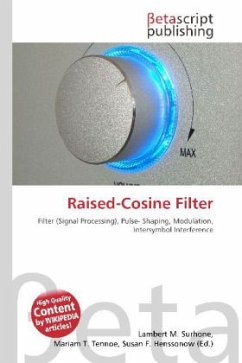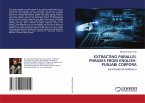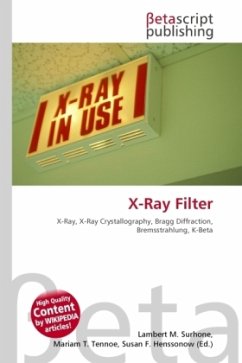Please note that the content of this book primarily consists of articles available from Wikipedia or other free sources online. The raised-cosine filter is a filter frequently used for pulse-shaping in digital modulation due to its ability to minimise intersymbol interference (ISI). Its name stems from the fact that the non-zero portion of the frequency spectrum of its simplest form ( = 1) is a cosine function, ''raised'' up to sit above the f (horizontal) axis The raised-cosine filter is an implementation of a low-pass Nyquist filter, i.e., one that has the property of vestigial symmetry. This means that its spectrum exhibits odd symmetry about frac{1}{2T}, where T is the symbol-period of the communications system. Its frequency-domain description is a piecewise function, given by: and characterised by two values; , the roll-off factor, and T, the reciprocal of the symbol-rate. The impulse response of such a filter is given by:
Bitte wählen Sie Ihr Anliegen aus.
Rechnungen
Retourenschein anfordern
Bestellstatus
Storno








